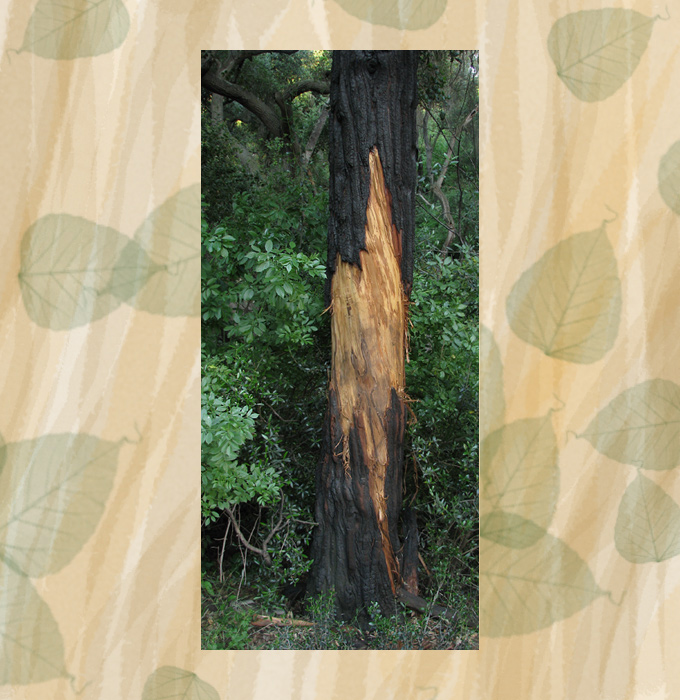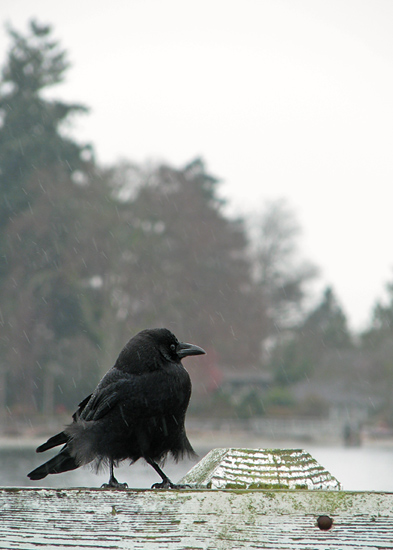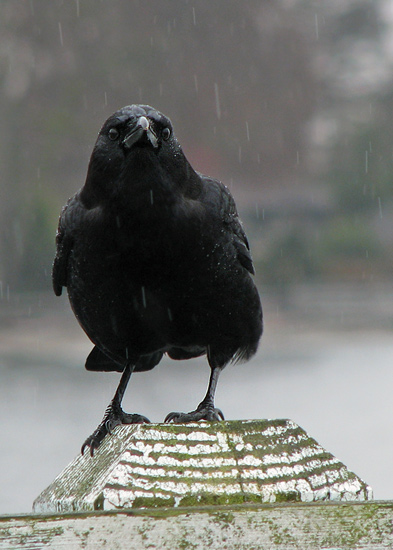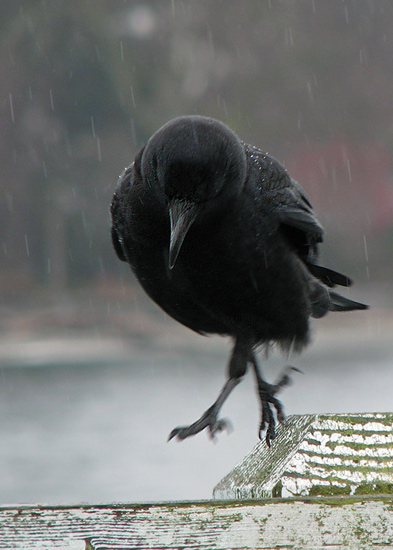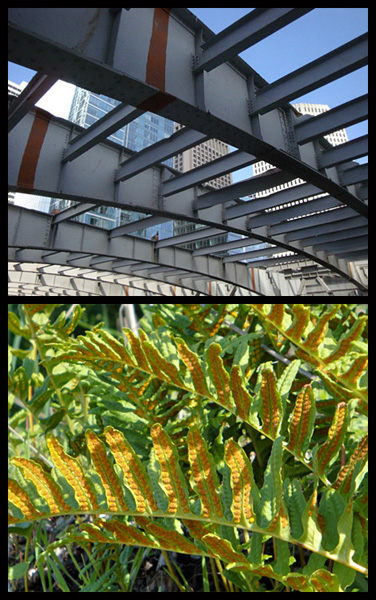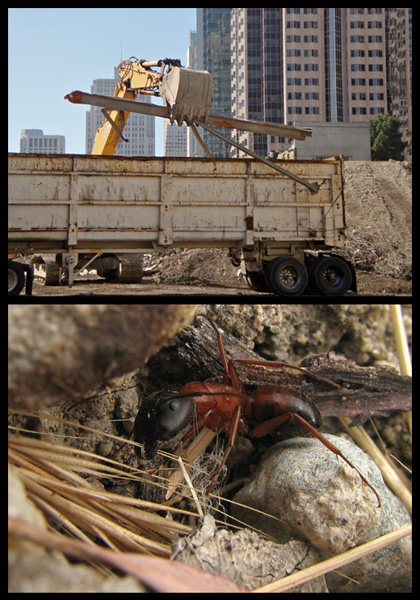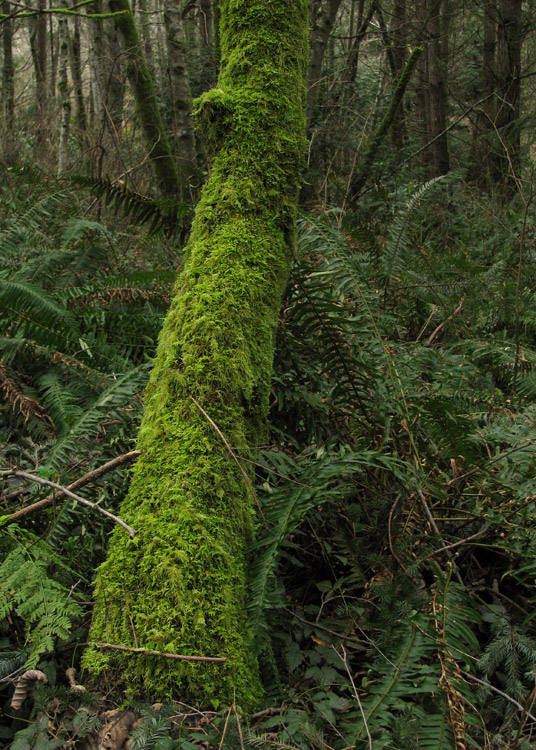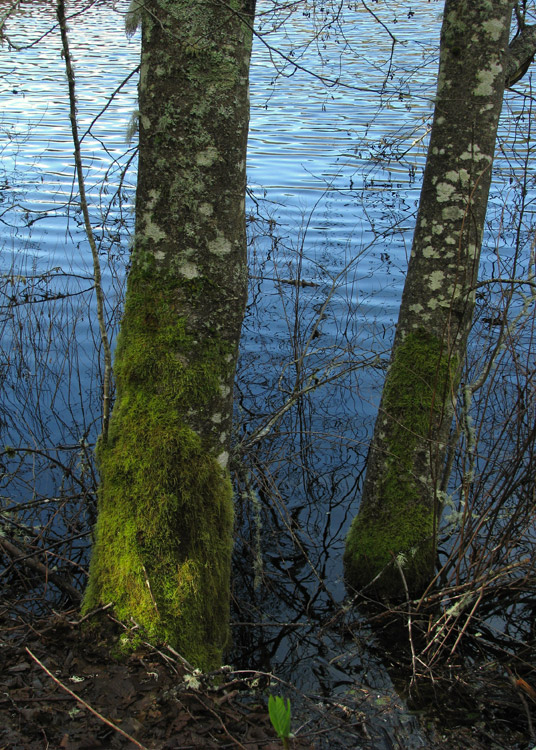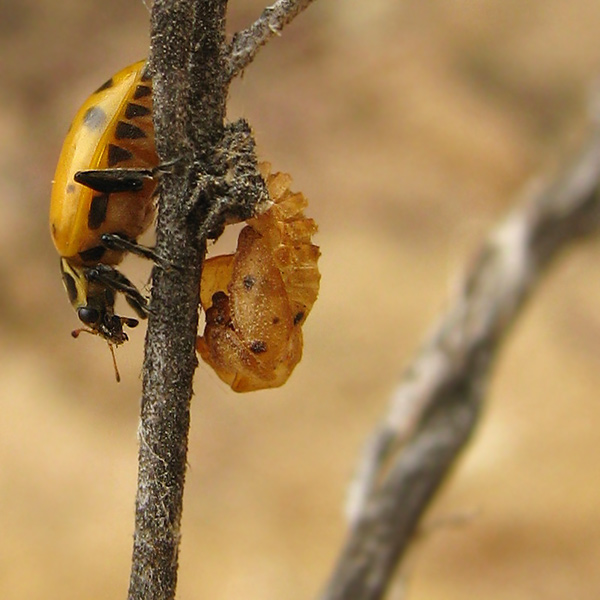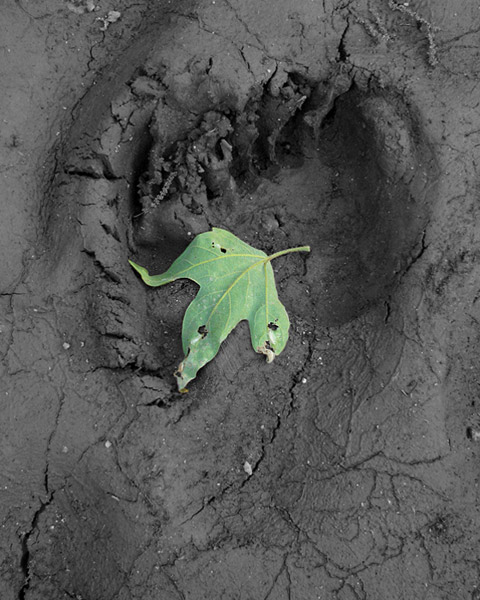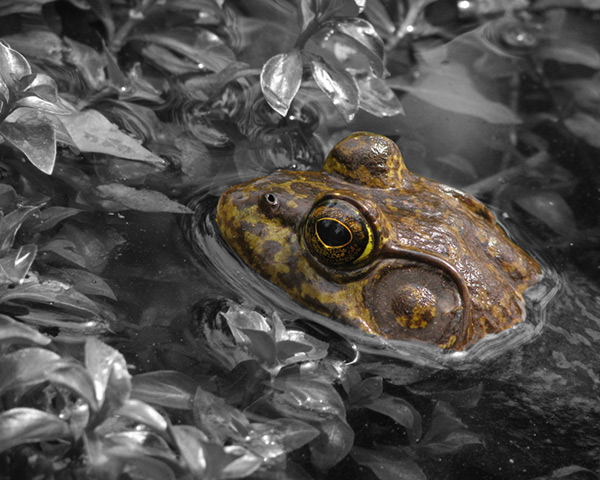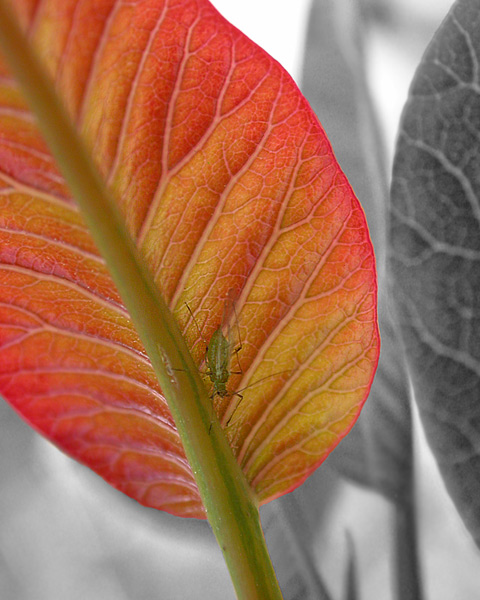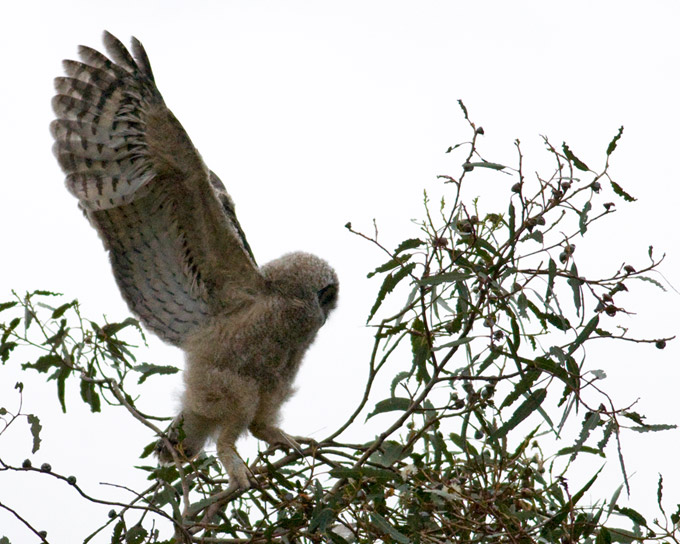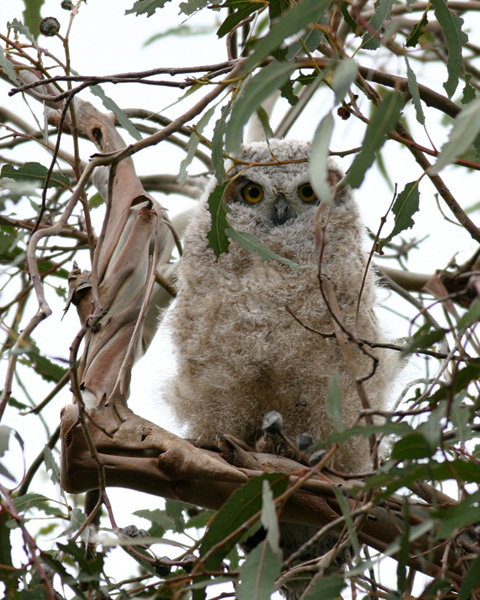The title of this blog post reminds me a little of Aesop’s fables. Though, in this case, the two story lines are not related and you won’t find a moral at the end. (Well… okay, maybe just a little one!)
Sitting in my bedroom today, I saw a little movement out of the corner of my eye and looked up in time to see a Gray Fox (Urocyon cinereoargenteus) trotting down the path just outside my window. It looked very hot. (Weren’t we all today?!) Being mostly nocturnal, we don’t commonly see fox in the daytime and I wonder if this one was looking for water. I tried to follow it around to the other side of the cabin, but I lost sight of it. So… no photos to share with you. But, in celebration of the sighting, here’s a picture of another fox who made daytime visits to our cabin on several occasions in the Spring of 2010:
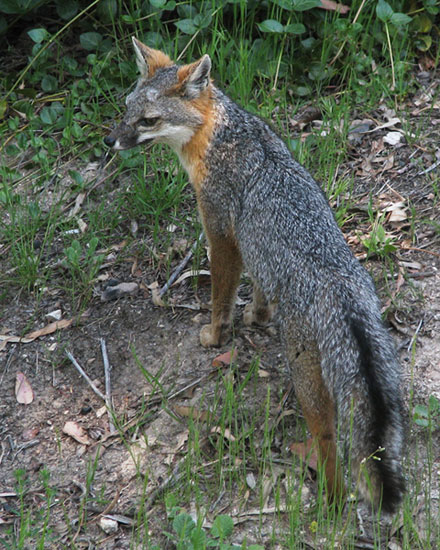 Don’t you just love the black stripe on their tails?
Don’t you just love the black stripe on their tails?
In other news… Somewhere in the early afternoon, I finished washing a big pile of dishes then sat down to have some lunch and work on a few things. When I got back and wandered into the kitchen I was amazed to see that the entire sink and counter top was crawling with ants. Where did they come from? How did there get to be so many so quickly?!
I have thought it before and I will say it here now: It is a very good thing indeed that there are not human-sized ants. It’s not just their incredible strength, ability to wage chemical warfare or formidable jaws and stingers that should be respected. It’s also their supreme skill when it comes to communicating, organizing and executing tasks. If you’ve ever spent any time watching ants, you’ll know what I mean. It is truly astonishing.
Back to the ants at hand… I always do my best to avoid killing unnecessarily. After all, the ants aren’t trying to make your life more difficult by invading your home — they’re just doing what ants do. Looking for food, or water or shelter from the elements. Often I find that a good cleaning of the area is enough to slow their numbers and then (if possible) I find the crack(s) or opening(s) that they are using and try to physically block them. For those ants that haven’t managed to retreat back from whence they came, I let them crawl onto a piece of paper or cardboard and escort them outside. (This is often the point where some people roll their eyes at me.) Don’t misunderstand me, I do have to kill ants on occasion. Sometimes their numbers overwhelm me, or they refuse to leave even after I’ve done all the steps I outlined. In those cases, I prefer to simply squish them. I don’t use any pesticides or harsh chemicals in my home if I don’t absolutely have to.
I was a bit thrown by the situation that presented itself today though because these were not the tiny black ants that I was used to dealing with. These were much larger and their mouthparts looked large enough to be painful if they decided to bite. I decided to just work around them carefully, removing everything from the counter and the sink, cleaning as I went. As they began to retreat, it became clear where they were coming in and I set about blocking the cracks and escorting the stragglers outside. I’m happy to report that within a couple of hours the situation was mostly resolved! And with only one ant death — an accident on my part.
So, what is the moral? Well, I suppose it’s that sometimes it’s not necessary to squish and spray the insects that find their way into our homes. Or, perhaps it’s that despite the inconvenience of having to drop everything and rearrange my afternoon, my kitchen has never looked better! *GRIN*
I really was quite impressed with the size of the ants we had today, but only in comparison to the size of the ones we usually get. I’ve watched enough ants out on the trail to know that they can get much, much larger. Check out this (as of yet) unidentified species:
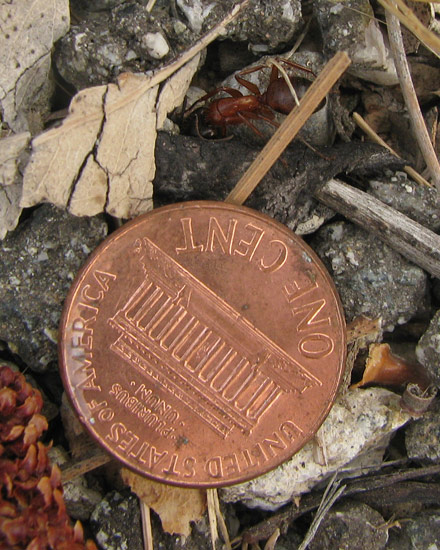 This photo is just to show you a size comparison next to a penny. *Click on the photo to see a nicer image of this impressive ant.* I’m very relieved to report that thus far I have only found these ants traveling solo… I can only imagine what a large colony would look like!
This photo is just to show you a size comparison next to a penny. *Click on the photo to see a nicer image of this impressive ant.* I’m very relieved to report that thus far I have only found these ants traveling solo… I can only imagine what a large colony would look like!
Anyone else currently coping with ants in their house?
